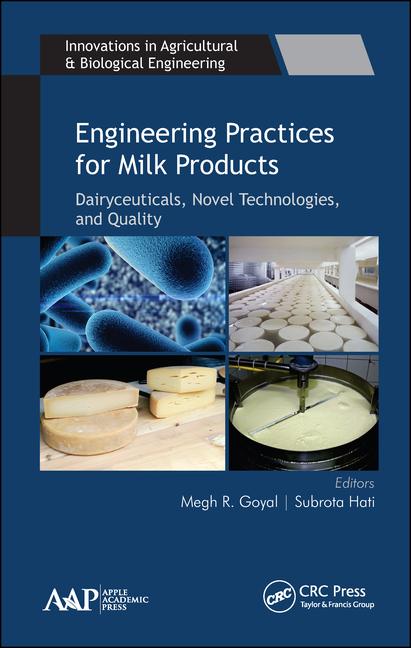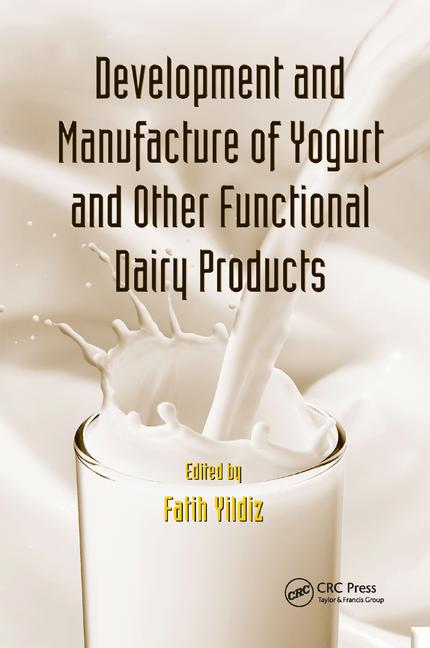Milk in a contrast of temperature cycles

Sketch courtesy of GEA.
When the refrigeration plant at a well-known dairy in the UK became obsolete, the company looked to GEA to propose the most economic and environmentally friendly way forward for replacing their old R22 Refrigeration plant. Instead of separately generating cold via refrigeration and heat for pasteurization via traditional boilers, GEA provided a heating-cooling solution with combined Ammonia based refrigeration and heat pump technologies, which would reduce the pay-back period against a capital replacement investment and provide environmental benefits.
The challenge
When milk in insulated tanker trucks reach the dairy, it is at a temperature of approx. 2 to 5 °C (35-41°F). Once it enters the plant, it is pumped through an intake chiller and then directly into refrigerated tanks and stored there at 2 °C (35°F) until it is further processed. The next thermal step is pasteurization of the milk and Cream following separation – i.e., heating briefly to 74 °C 165°F (for Milk, higher for cream)– then cooling within a few seconds back to 2 °C (35°F). The amount of heating and cooling are more or less the same, and dependent on the efficiency of the heat recovery section of the pasteurizer in question. Ie. If a pasteurizer is 90% efficient and requires 200kw of heat, for the milk to reach its pasteurization temperature, the same 200kw must be removed by the final cooling section for the product to leave at the same temperature it came in. The company needed to upgrade their refrigeration plant to replace an ageing R22 system with natural refrigerants due to Legislation changes in refrigerants. Ammonia was chosen, as the primary refrigerant as it has zero GWP and zero ODP and also happens to be the most efficient refrigerant in the required temperature range, therefore not likely to require changing again in the future (unlike all the synthetic refrigerants over the years).
The heat removed from the milk after delivery to the plant, after pasteurization, the waste heat from the production hall, plus all of the power consumed by the refrigeration plant is rejected as low-grade heat on the roof of the refrigeration plant via evaporative condensers as with all refrigeration systems. This waste heat was just at a temperature of approx. 35°C 95°F: so too low for pasteurization or any other practical use. The company wanted to find a way of using this valuable heat/energy in a practical way, rather than paying to reject it to the environment through power, water and effluent on condensers and cooling towers.
The solution
As part of the upgraded plant, GEA installed an add-on heat pump that increased the temperature of the heat emitted by the refrigeration plant at +35OC 95°F up to +84°C 183°F so it could be used, injected into the hot water circulation system in each pasteurizer via a mixing loop to control the loop temperature before the calorifier (steam to water heat exchanger), thereby removing he need for steam. The heat from the heat pump is also used for wash down water and for CIP. Therefore removing the need for steam and the burning of Natural Gas to provide it. As the heat is now provided electrically, this could be supplied from sustainable sources and therefore 100% Decarbonization could be achieved. Other benefits in reduced CIP times and large reduction in water consumption were also measured.
The COPh (Coefficient Of Performance heating) of the heat pump was 6, therefore 6kw of heat was provided for every 1kw of electricity. Compare this to a typical steam-based boiler system where the typical efficiency is around 80%, therefore a COPh of 0.8. Therefore 7.5 times more efficient than a boiler.
So as long as your fuel is not 7.5 times cheaper per kw, than electricity not only are you reducing your carbon emissions, water and effluent, you are saving OPEX also.
For example, lets say we have four lines and each are 757ltr/min (200 US Gallons/min) and the pasteurizers are 90% efficient, the amount of heat we need to provide per line is 354kw. So that’s a total demand of 1,416kw.
If we then add a CIP set’s heating demand which tends to be appx. 400kw and the factory consumes 100m3 (22,000 US Gallons) per day of hot water at +65OC (149°F), heated from +15OC (59°F) over an 18-hour production time, this equates to an additional 320kw.
This all adds up to an overall heat demand of 2,138kw.
If this was provided by a traditional 80% efficient boiler, it would consume 2,673kw of fuel.
In the example above, the heat pump would consume 356kw of electricity. The refrigeration plants evaporative condenser would reduce its water consumption by appx. 4.3m3/hr (945 US Gal/h) and appx. a quarter of this volume as effluent. (there would be a reduction in condenser fan and pump power also, but for this example it has been ignored, as there would be a pump required to distribute the heat from the heat pump, so the two would cancel each other out to a degree)
Irrespective of fuel source, there would be a huge decrease in carbon emissions and depending on electricity supply the carbon reduction would be between 70-100%.
If you are paying 10 cents per kwhr for electricity and 4 cents per kwhr for gas, then you can calculate your spark gap by dividing the cost for electricity by the gas price. This gives you $0.1/$0.04 = 2.5. You can then multiply this by your boiler efficiency for your true Spark Gap = 2.5 x 80% = 2.0.
So, with a heat pump COPh of 6.0 you would be saving 2/3rds of your energy bill.
OR
2,138kw of gas x 18hrs per day x 7 days per week x 50 weeks/year x $0.04 = $539k per year with a traditional boiler or 356kw of electricity x 18hrs per day x 7 days per week x 50 weeks/year x $0.1 = $224k per year. A saving of over $300k per year, plus water, effluent and carbon.
Which goes to show, you don’t need to be lean to be green.
How a Heat pump works
Actually, a heat pump is just a chiller acting at a higher temperature where we are interested in the hot water coming out of it, rather than the cold. Everyone has one in their kitchen. It's just called a fridge… bare with me.
Refrigeration uses the first law of thermodynamics which we learned at School, where Energy can neither be made nor destroyed, it just changes. So, for example, we use electricity in a lightbulb, and the energy going in is converted to light and heat. (other forms of energy)
So, when we come home from the supermarket with all our goods in the trunk of our car, and we pop in the pub on the way home, the cold product (milk) we bought warms up. (because heat travels toward cold. Third law of thermodynamics). When we get home, we put the warm milk in the fridge, where the refrigerator extracts the heat from it again and cools it down. This heat enters the refrigeration system by boiling the refrigerant, the compressor power also enters the refrigeration system, and it all ends up as heat which needs to be rejected by the condenser at the back (that black coil that you can see covering the rear of your fridge) which enters the kitchen as heat.
So, popping into the pub on the way home from the supermarket is actually sustainably heating your home, thereby saving the planet. (well, that’s what I tell my wife and kids anyway!)
Actually, if you move your open fridge into the doorway to the garden, it will extract the heat from the garden by trying to cool it, and reject it into your kitchen. It's now an air source heat pump, not a fridge.
If we take this one step further, we attach another compressor onto the back of the fridge to raise the temperature from the condenser to a useful temperature and connect it to our oven, we can heat our oven and cook with the heat we removed from the warm milk when we put it in the fridge.
That is more or less what we do, when we add a heat pump onto a refrigeration system. We are basically just boosting up the heat that you removed from your product and building when we cooled it via your refrigeration system, and rather than throw it away via the condenser, we boost it up again using a little more power (which we get back as heat also) to a temperature it becomes useful.
Remember, heat is heat whether its -5OC 23°F or +80OC (176°F.) Its measure in kw as any form of energy. It's not temperature, which is measured in Degree Celsius (or Fahrenheit, depending on which side of the pond you’re looking from).
Below are some additional resources:
- https://video.gea.com/how-heat-pumps-work-in-brewery How heat pumps work (brewery)
- https://video.gea.com/gea-redgenium-now-up-to-95c203f Our standardized GEA RedGenium heat pump
- https://video.gea.com/factory-overview-gea-north Step inside GEA Heating & Refrigeration Technologies' factory in York, Pa.
Editor's Note: This is a case study story written by GEA.
Looking for a reprint of this article?
From high-res PDFs to custom plaques, order your copy today!








